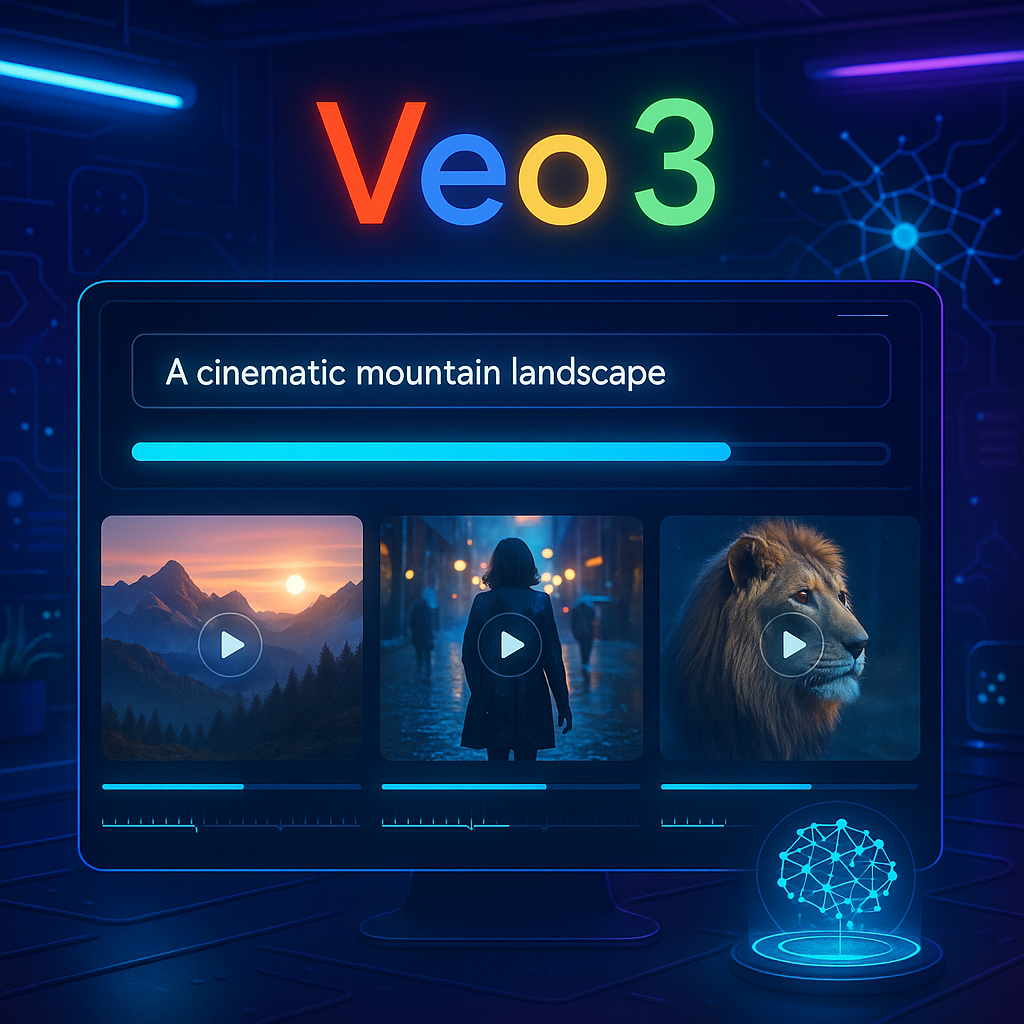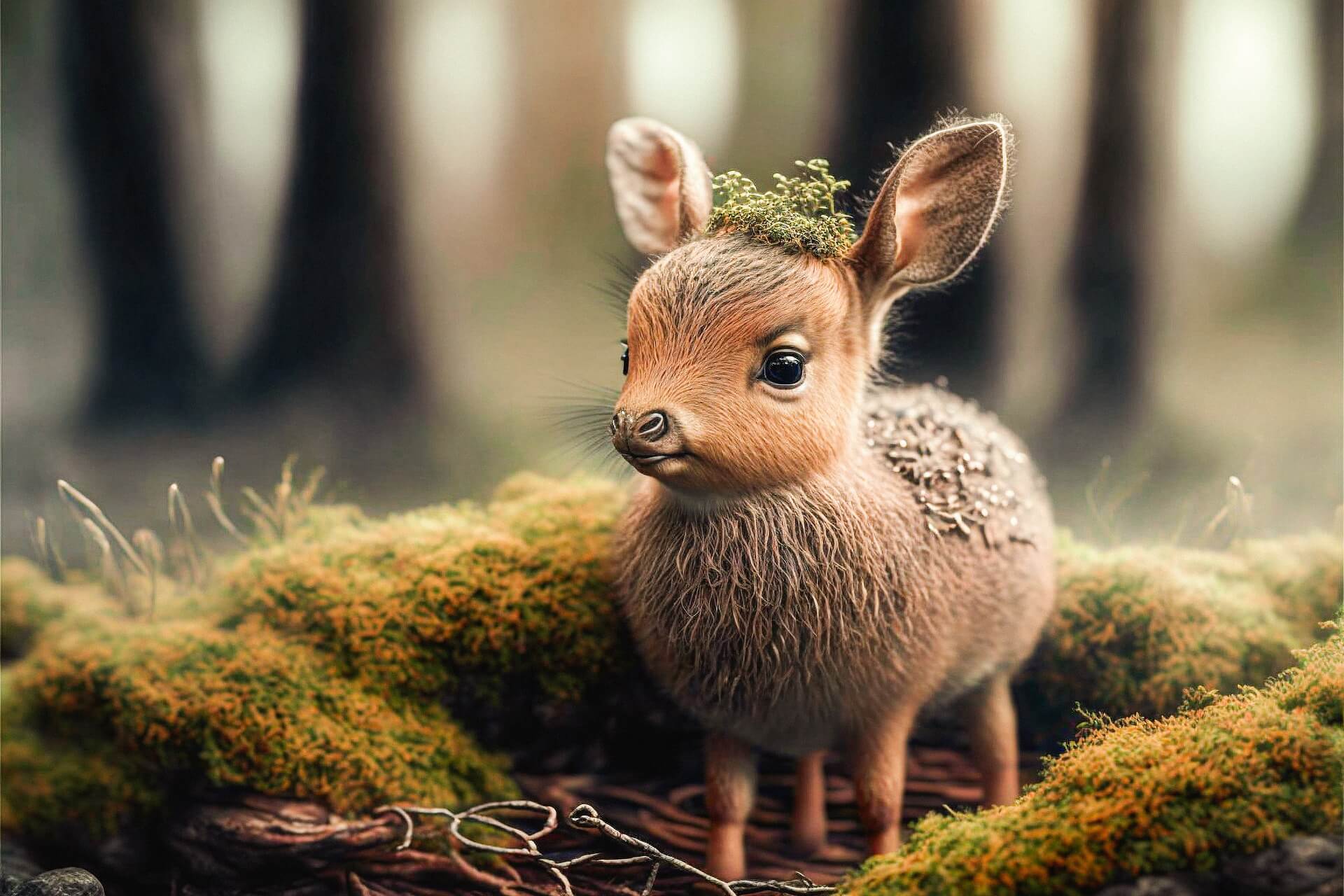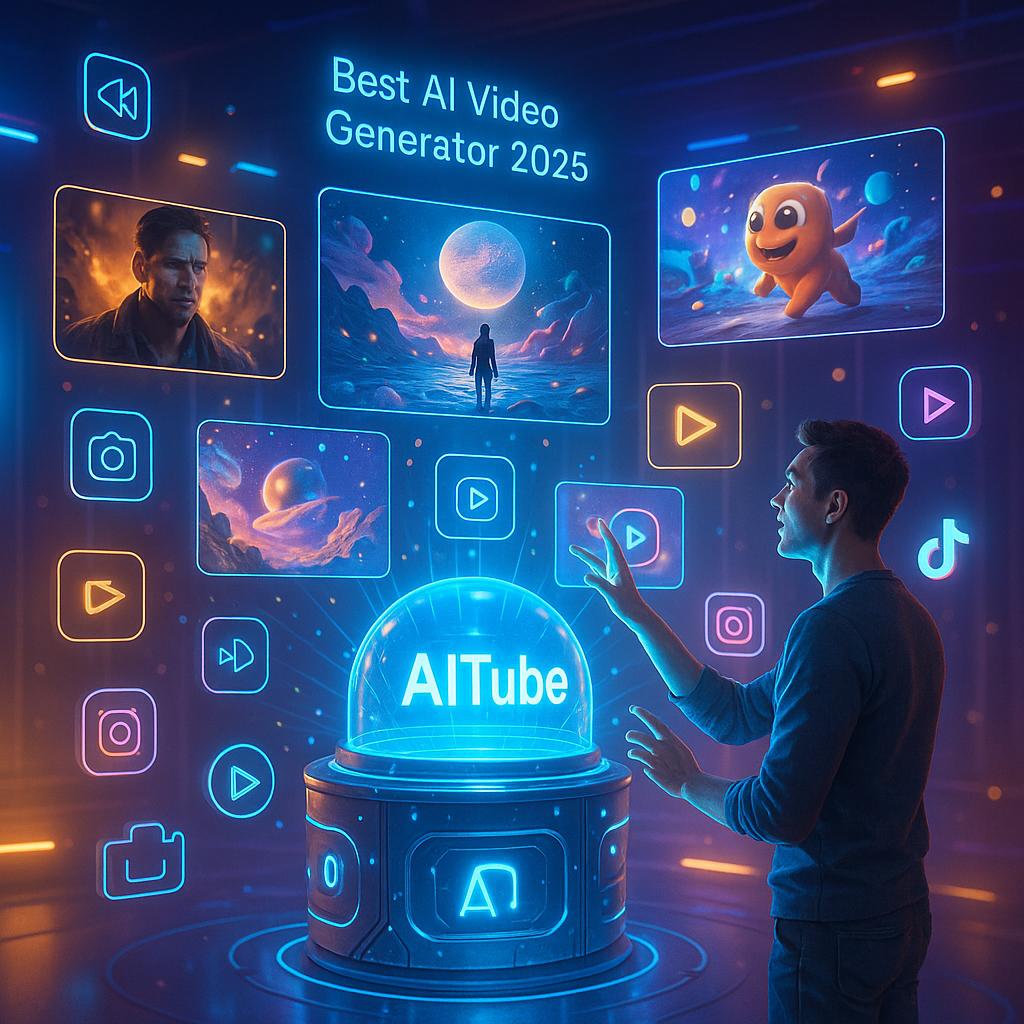Introduction
Artificial intelligence has transformed how we create and consume content. Among the latest innovations is Google Veo 3, a powerful AI-driven text-to-video model that promises to redefine video creation for businesses, marketers, and content creators. Whether you’re an AI enthusiast, a filmmaker, or a YouTuber, Veo 3 offers exciting possibilities for generating professional-quality videos from simple text prompts.
In this article, we’ll explore everything you need to know about Google Veo 3—its features, applications, benefits, limitations, and how you can start using it for your projects.
What is Google Veo 3?
Google Veo 3 is the third generation of Google’s AI video generation model, capable of creating high-quality, realistic, and cinematic videos based on natural language descriptions. With advanced scene understanding, motion control, and style customization, Veo 3 bridges the gap between imagination and production, making professional video creation accessible to everyone.
Unlike basic AI video tools, Veo 3 focuses on generating videos that maintain consistent characters, natural movements, and realistic lighting, making them suitable for commercial use, storytelling, and marketing.
Key Features of Google Veo 3
1. High-Resolution Output
Veo 3 can produce videos in 1080p HD and higher, ensuring crisp visuals suitable for social media, advertisements, and streaming platforms.
2. Realistic Motion and Camera Angles
It offers advanced motion tracking and camera movement simulation, so videos look smooth and professional, rather than robotic or repetitive.
3. Consistent Character Generation
Maintaining the same character appearance throughout a video has been a challenge for AI tools. Veo 3 solves this with character consistency algorithms.
4. Style Customization
From cinematic movie styles to animated cartoon looks, you can tailor the visual aesthetics to match your brand or creative vision.
5. Audio Integration
Veo 3 supports sound effects and background music integration, making it easier to produce ready-to-publish videos.
How Google Veo 3 Works
Veo 3 combines natural language processing (NLP) with generative video modeling. You provide a text prompt describing your desired video—for example:
“A sunset over a futuristic city with flying cars passing by, cinematic lighting, 15 seconds”
The AI then interprets your request, generates scenes, applies motion effects, and renders the video. This process typically takes a few minutes, depending on video length and complexity.
Google has also integrated Veo 3 with Google DeepMind’s research and cloud computing power, allowing faster and more accurate rendering compared to earlier versions.
Applications of Google Veo 3
1. Content Creation for YouTube & Social Media
Creators can quickly produce shorts, reels, and long-form videos without expensive filming equipment.
2. Marketing and Advertising
Brands can generate eye-catching product videos in minutes, perfect for campaigns on Facebook, Instagram, and TikTok.
3. Education & Training
Teachers and trainers can create instructional videos, simulations, and explainer animations with minimal effort.
4. Film and Animation
Independent filmmakers can use Veo 3 to visualize storyboards or even create entire short films.
Benefits of Using Google Veo 3
- Saves Time – No need for weeks of shooting or editing.
- Cost-Effective – Reduces dependency on large production teams.
- Creative Freedom – Generate ideas and visuals that may be impossible to shoot in real life.
- Beginner-Friendly – No technical expertise required; just describe what you want.
Limitations and Considerations
While Google Veo 3 is impressive, it’s not perfect:
- Limited Video Length – Ideal for short clips; longer videos require multiple renders.
- Prompt Dependency – The quality depends heavily on how well you describe your idea.
- Potential Licensing Issues – Commercial usage may require adherence to Google’s AI content policy.
- Still Evolving – Not all requests produce flawless results, especially for complex human interactions.
How to Access Google Veo 3
Currently, Veo 3 is available through Google’s AI Labs and select partner platforms. You can request early access if you meet their eligibility criteria. Google plans to integrate it into YouTube tools, Google Workspace, and third-party creative apps in the near future.
For now, creators can experiment with Veo 3 by:
- Joining the Google AI Test Kitchen.
- Using integrated platforms like AIVideosTube, which will support Veo-based content creation.
- Following Google’s official announcements for broader public release.
Best Practices for Using Google Veo 3 Effectively
Write Detailed Prompts
Be as specific as possible about colors, lighting, camera angles, and style.
Use Short Scenes
Work with smaller clips, then edit them together for longer videos.
Experiment with Styles
Try different visual themes—cinematic, anime, 3D animation—to see what works best for your audience.
Post-Edit for Perfection
Even though Veo 3 produces polished videos, adding final touches in an editing tool can make them truly professional.
Future of AI Video Creation with Veo 3
Google Veo 3 represents a major leap forward in AI video technology. As updates roll out, we can expect longer video generation, real-time rendering, improved realism, and better integration with VR/AR environments.
The rise of AI video tools like Veo 3 will likely change the way content is produced—making it faster, more affordable, and more creative than ever before.
Conclusion
In the rapidly evolving world of AI video production, Google Veo 3 stands out as a groundbreaking tool for creators, marketers, educators, and filmmakers. With its realistic motion, high-quality rendering, and ease of use, it’s opening the doors for a new era of storytelling.
Whether you’re creating a YouTube channel, producing an ad campaign, or experimenting with cinematic visuals, Google Veo 3 offers the power to turn your imagination into reality.



